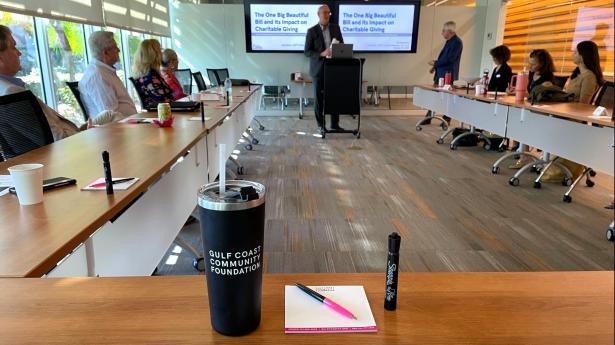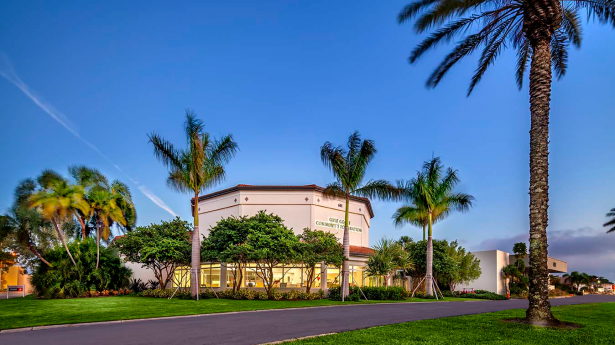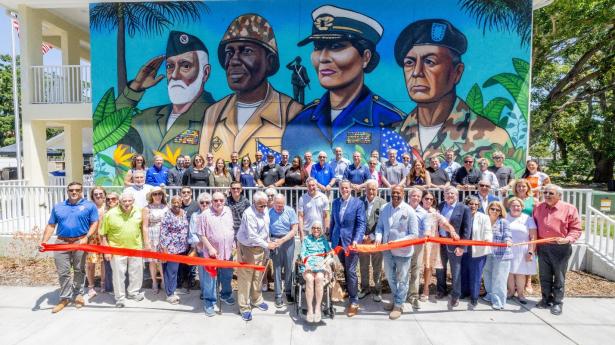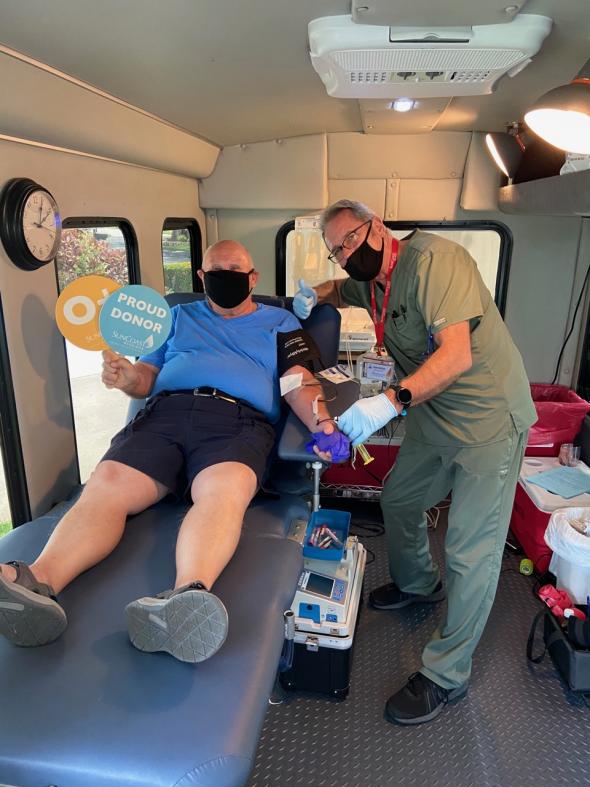
Health Innovations Amid the Pandemic
Health-care and mental-health services are needed now more than ever. With funding from our COVID-19 Response Initiative, local providers are finding innovative new ways to deliver their services to the community.
Driveway Donations

“Blood never takes a day off,” says Scott Bush, CEO of SunCoast Blood Centers. “There’s blood needed every single day, every single minute.”
But while the medical community still required blood donations at the height of the COVID-19 pandemic, it wasn’t easy for SunCoast Blood Centers to collect those donations. Big blood drives had to be cancelled, and donors were reluctant to leave the safety of their homes to donate.
“People were scared to come out, and we needed to find way to get to them,” says Bush. “It was all hands on deck trying to figure out a new way.”
That solution: a concierge blood-collection service created with the help of a $14,877 COVID-19 Response grant and funding from several other partners. Using retrofitted shuttle buses (like the ones that might take you around an airport), SunCoast Blood Centers can now collect both blood and convalescent plasma from a donor’s driveway—or inside their home, if they choose.
“I think this is going to be the wave of the future,” says Bush. In a post-pandemic world, SunCoast Blood Centers can use the concierge service to connect with specific donors when certain types of blood are in need. “If we need A-negative blood, we can pull up our maps and find the donors who have it, then call them and see if we can visit,” he says.
Turning to Telehealth
First Step of Sarasota had the opposite problem. The provider of mental-health services and substance-use programs had to figure out a way to serve its outpatient population that didn’t require an in-person visit.
“Telehealth became vital,” says Gwen MacKenzie, First Step’s CEO. “Most organizations have considered it an add-on, but overnight we really turned our care into as much telehealth on the outpatient side as we possibly could.”
A $26,000 grant helped First Step buy laptop computers so staff could offer telemedicine services. “It was really critical that the conversion to telehealth be seamless, safe, and done as quickly as we could,” says MacKenzie.
Not only did the move allow First Step to continue providing vital services, but it also had another surprising upside. “The no-show rate for appointments dramatically dropped, because people felt like they were safe and could still get the therapeutic intervention they needed,” she says. “It’s going to continue to be an option for people who would rather have a telehealth visit versus an in-person visit. It’s not going away even when the pandemic eventually does.”
Responding with Hope
Tidewell Hospice sees about 1,200 patients a day—most in their own homes. So when the pandemic hit, Tidewell had to find a way to provide its needed services as safely as possible.
A $100,000 grant from the COVID-19 Response Initiative helped Tidewell purchase personal protective equipment for staff, plus iPads that were used to communicate with patients and connect isolated patients with their families. It also helped cover extra expenses like frequent COVID-19 testing for staff members, emergency child-care options for Tidewell’s first responders, and changes in staffing needs that resulted from new policies and restrictions at nursing facilities and other sites.
“It gave us great relief to know we had a little extra money to work with,” says Debbie Mason, executive vice president and chief philanthropy officer for Tidewell Hospice and president of Tidewell Foundation. “These grants enabled us to say, We’ve got this, and we’re going to get what we need to work past these barriers. It just helped everybody’s confidence and security that the community was with us on this journey.”
Tidewell also used some of the grant money to launch a free Community Hope Line (855-930-HOPE or 941-556-HOPE). Available 24-7, it's a natural offshoot of the grief services Tidewell already offers the community. “Anyone can call it if they’re feeling isolated, sad, depressed, or just lonely,” says Mason.
She anticipates the need for a resource like this will increase as the pandemic stretches on and continues to impact the economy and other areas of daily life. “There’s a tsunami wave coming,” she says. “That was one of the reasons we wanted to get the Hope Line in place now. During a disaster people sort of soldier on; about six to nine months after it’s over is when people really need help.”
